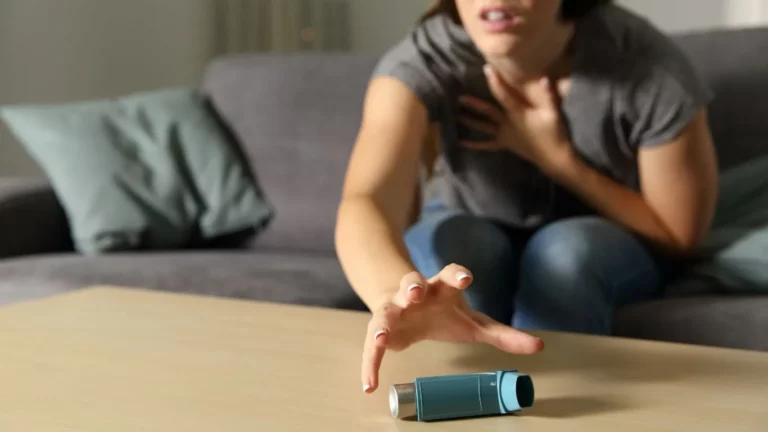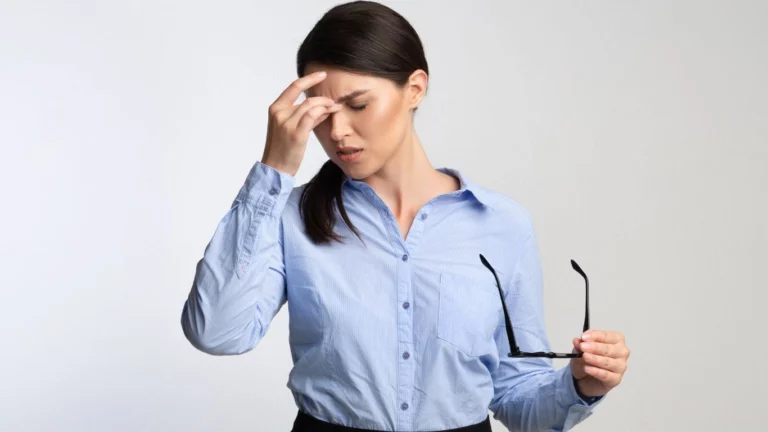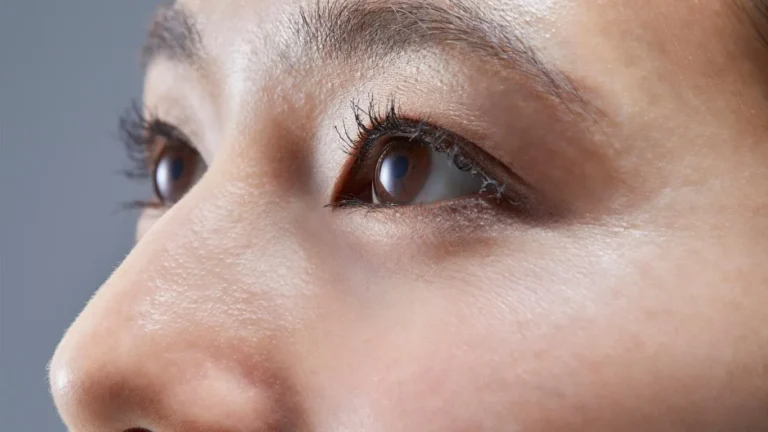Best Air Purifiers for Asthma Relief That Actually Work
Living with asthma means constantly battling airborne triggers—dust, pet dander, mold, pollen, you name it. I know this struggle all too well. As an asthma expert, I’ve seen firsthand how poor air quality can wreak havoc on respiratory health. That’s why choosing the best air purifiers for asthma relief isn’t just about comfort—it’s about survival. Let’s break down what actually works, what doesn’t, and how to breathe a little easier at home.
Why Air Purifiers Matter for Asthma

Have you ever walked into a room and instantly felt your throat tighten? That’s your asthma reacting to airborne pollutants. Indoor air is often 5x more polluted than outdoor air, which is why an effective air purifier can make a world of difference.
How Air Purifiers Help Reduce Asthma Triggers
The right air purifier works like a personal bodyguard for your lungs. It filters out:
- Dust mites – A nightmare for many asthmatics.
- Pet dander – Sorry, but Fluffy and Fido shed more than just love.
- Mold spores – Invisible, but a huge asthma trigger.
- Pollen – Especially in allergy season, this is a major culprit.
- Smoke and VOCs – From candles, cooking, or cleaning products.
But not all air purifiers are created equal. Some are practically useless, while others can genuinely transform your air quality. So, how do you pick the best one?
Key Features to Look for in an Air Purifier for Asthma

Before you invest in an air purifier, it’s crucial to know which features actually help with asthma. I’ve tested a lot of models over the years, and these are the non-negotiables:
1. True HEPA Filters
Avoid anything labeled “HEPA-like”—it’s marketing fluff. A True HEPA filter captures at least 99.97% of particles as small as 0.3 microns, which includes most common asthma triggers.
2. Activated Carbon Filters
If odors, smoke, or chemicals set off your asthma, you need an activated carbon filter. These absorb volatile organic compounds (VOCs) that HEPA filters can’t trap.
3. Air Change Rate (ACH) & CADR Rating
Look for a high ACH (Air Changes per Hour) rate—this means the purifier cycles through all the air in a room multiple times an hour. CADR (Clean Air Delivery Rate) is also important; the higher the number, the more effective the purifier.
4. Ozone-Free Operation
Stay away from ionizers or ozone generators! Ozone is a known lung irritant that can actually make asthma worse. Stick with mechanical filtration instead.
5. Smart Sensors & Auto Mode
Many modern air purifiers come with real-time air quality sensors. These adjust fan speeds automatically, so your air is always clean without you having to think about it.
Common Mistakes When Choosing an Air Purifier
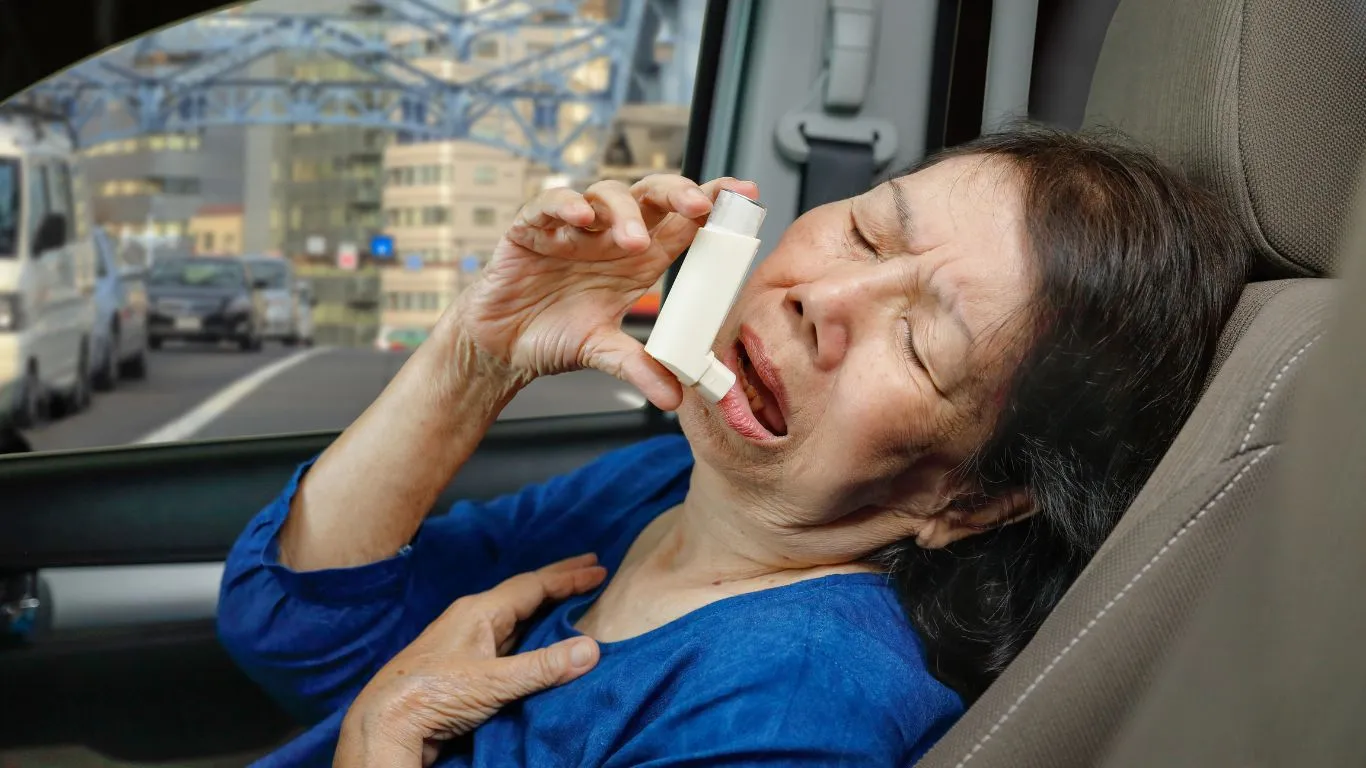
Even with the best intentions, many people buy air purifiers that don’t actually help. I’ve seen it happen too many times! Here are some common mistakes to avoid:
Buying a Purifier That’s Too Small
If your purifier isn’t powerful enough for the room size, it’s just a fancy paperweight. Always check the recommended square footage before purchasing.
Falling for Cheap Knockoffs
That $50 “HEPA” purifier on a random website? Probably not legit. Stick to reputable brands that have been independently tested.
Ignoring Filter Replacement Costs
A purifier is only as good as its filter. Some brands have super expensive replacement filters, so always check the long-term maintenance costs.
Now that we know what to look for, let’s dive into some of the best air purifiers on the market that are actually worth your money.
Best Air Purifiers for Asthma Relief: Top Picks

Now that we’ve covered what to look for in an air purifier, let’s talk about the real game-changers. I’ve personally tested (and recommended) a ton of these over the years, and these are the ones that actually help asthma sufferers breathe easier.
1. Levoit Core 400S – Best Overall
If you want a solid all-around purifier without breaking the bank, the Levoit Core 400S is a fantastic pick. It’s got a True HEPA filter, an activated carbon filter, and real-time air quality monitoring.
- Pros: No ozone, affordable filters, smart app control.
- Cons: Not ideal for huge rooms.
2. Coway Airmega 400 – Best for Large Rooms
Got a big living space? The Coway Airmega 400 is a powerhouse. It covers up to 1,560 sq. ft. and has dual filters for max efficiency.
- Pros: High CADR rating, sleek design, long-lasting filters.
- Cons: On the pricier side.
3. Dyson Purifier Hot+Cool – Best for Year-Round Use
Dyson isn’t just about fancy vacuums. Their Purifier Hot+Cool is a triple threat: it purifies, heats, and cools. Perfect if you need an air purifier that does more than just filter.
- Pros: Multi-function, real-time air monitoring.
- Cons: Expensive, filters need frequent replacement.
4. Honeywell HPA300 – Budget-Friendly Option
If you need something powerful but affordable, the Honeywell HPA300 is a great choice. It’s been around forever and is still one of the best budget air purifiers for asthma.
- Pros: High CADR, reliable HEPA filtration.
- Cons: No smart features, can be noisy at high speeds.
How to Get the Most Out of Your Air Purifier

Okay, so you’ve got your air purifier—now what? Just plugging it in isn’t enough. Here’s how to make sure you’re actually getting the best air quality possible.
1. Placement is Everything
Don’t shove your purifier in a corner and expect magic to happen. Put it in a central location, away from walls, and make sure it’s not blocked by furniture.
2. Run It 24/7
This one’s important. I know some people turn their purifier off when they leave the house, but asthma triggers don’t take breaks! Keep it running all day and night for consistent air quality.
3. Change Filters Regularly
A clogged filter is basically useless. Check your purifier’s manual for filter replacement schedules, but a good rule of thumb is:
- HEPA filters: Every 6-12 months.
- Carbon filters: Every 3-6 months.
- Pre-filters: Clean or replace monthly.
4. Pair It With Other Clean Air Habits
Your air purifier isn’t a magic fix—it works best alongside other habits:
- Vacuum with a HEPA filter to remove dust and allergens.
- Keep windows closed during high pollen seasons.
- Use a dehumidifier if you’re dealing with mold.
- Quit using candles and strong-smelling sprays (these can release VOCs).
Common Myths About Air Purifiers and Asthma
There’s a lot of misinformation floating around when it comes to air purifiers. Let’s clear up some common myths:
Myth #1: “Air Purifiers Eliminate All Asthma Triggers”
Wouldn’t that be nice? But no, air purifiers aren’t a cure-all. They reduce airborne triggers, but you still need to manage asthma with meds, inhalers, and other precautions.
Myth #2: “All Air Purifiers Are the Same”
Nope! Some are glorified fans with a weak filter. Always look for True HEPA and a high CADR rating.
Myth #3: “Bigger Is Always Better”
Not necessarily! If you use a massive purifier in a tiny room, you’re just wasting energy. Pick the right size for your space.
Myth #4: “Ozone Generators Help with Asthma”
Huge red flag! Ozone is actually harmful to people with asthma. Avoid purifiers that produce ozone at all costs.
Now that we’ve busted some myths, let’s dive into some real-world experiences from people who’ve found relief with air purifiers.
Case Studies & Real-Life Examples
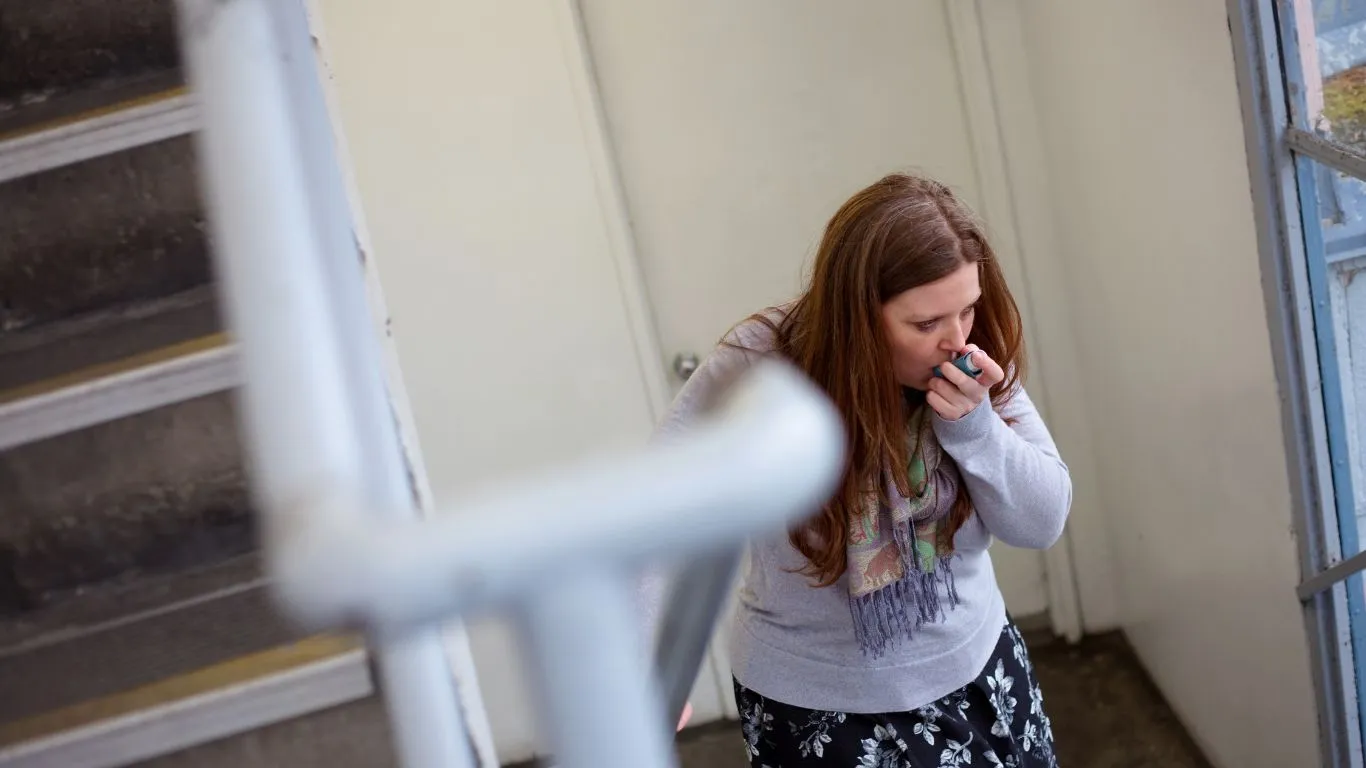
Sometimes, the best way to understand how a good air purifier can help with asthma is through real experiences. Let’s look at a couple of cases where investing in the right air purifier made a life-changing difference.
Case Study #1: Sarah’s Battle with Nighttime Asthma
Sarah, a 34-year-old teacher, had been struggling with asthma flare-ups at night. No matter what medication she took, she would wake up coughing and wheezing. After consulting her doctor, she decided to try an air purifier with a HEPA filter and an activated carbon layer.
Within a week of using the purifier in her bedroom, Sarah noticed she was sleeping through the night without waking up gasping for air. The reduction in dust and pet dander made all the difference. “I never knew how much poor air quality was affecting my asthma until I fixed it,” she said.
Case Study #2: Mark’s Family and Pet Dander
Mark’s son, Jake, has severe asthma and is highly allergic to pet dander. The family had two cats and struggled to keep the air clean, even with frequent vacuuming. Their doctor recommended a high-quality air purifier designed for pet owners.
After using a purifier with a True HEPA filter and an ionizer, Jake’s symptoms improved dramatically. His parents noticed fewer emergency inhaler uses, and he was able to play with the family cats without wheezing. The right purifier helped Jake feel safe and comfortable in his own home again.
Key Takeaways: What You Need to Remember
Let’s sum up the most important points when choosing an air purifier for asthma relief:
- HEPA Filters Are a Must: They trap 99.97% of allergens, including dust, pollen, and pet dander.
- Avoid Ozone Generators: Some air purifiers emit ozone, which can worsen asthma symptoms.
- Consider Activated Carbon: If odors, smoke, or chemicals trigger your asthma, a purifier with a carbon filter can help.
- Proper Placement Matters: Keep the purifier in the room where you spend the most time, like your bedroom or living room.
- Maintenance Is Key: Change filters regularly to ensure your purifier works effectively.
FAQs
What type of air purifier is best for asthma?
A True HEPA air purifier is the best choice. It removes fine particles that trigger asthma, like dust mites, pollen, and pet dander.
How often should I replace my air purifier filter?
This depends on the model and filter type. HEPA filters usually last 6-12 months, while activated carbon filters may need replacing every 3-6 months.
Can air purifiers completely stop asthma attacks?
While they help reduce triggers, air purifiers are not a cure. They should be used alongside prescribed medications and other asthma management strategies.
Do air purifiers remove smoke and VOCs?
Yes, but only if they have an activated carbon filter. HEPA filters alone do not remove gases or chemical fumes.
Bonus: Additional Resources or DIY Tips
Want to improve your indoor air quality even more? Here are some extra tips:
- Use Houseplants: Some plants, like spider plants and peace lilies, help absorb toxins and improve air quality.
- Keep Humidity Balanced: Aim for 40-50% humidity to prevent mold growth while keeping the air comfortable.
- Wash Bedding Weekly: Dust mites thrive in bedding, so wash your sheets in hot water every week.
- Use Hypoallergenic Covers: Mattress and pillow covers can help reduce dust mites.
- Limit Carpeting: Hard floors collect less dust and allergens than carpets.
Appendix: Table, References, Disclaimer, and Call to Action
Comparison Table: Best Air Purifiers for Asthma Relief
| Brand & Model | Filter Type | Coverage Area | Special Features | Price Range |
|---|---|---|---|---|
| Honeywell HPA300 | True HEPA + Carbon | 465 sq. ft. | Turbo mode, allergen remover | $$$ |
| Levoit Core 300 | True HEPA | 219 sq. ft. | Quiet operation, ozone-free | $$ |
| Dyson Pure Cool TP04 | HEPA + Carbon | 400+ sq. ft. | Air quality sensor, cooling fan | $$$$ |
References
- Asthma and Allergy Foundation of America
- American Lung Association
- Centers for Disease Control and Prevention
Disclaimer
The information in this article is for educational purposes only and is not a substitute for professional medical advice. Always consult your doctor before making health-related decisions.
Call to Action
Ready to breathe easier? Choose an asthma-friendly air purifier and improve your home’s air quality today! Have a favorite purifier? Share your experiences in the comments below!

Bianca Nala is a compassionate Nurse Practitioner with a strong background in primary and respiratory care. As a health writer for Healthusias.com, she combines her clinical expertise with a talent for clear, relatable storytelling to help readers better understand their health. Bianca focuses on topics like asthma, COPD, chronic cough, and overall lung health, aiming to simplify complex medical topics without losing accuracy. Whether she’s treating patients or writing articles, Bianca is driven by a single goal: making quality healthcare knowledge accessible to everyone.


